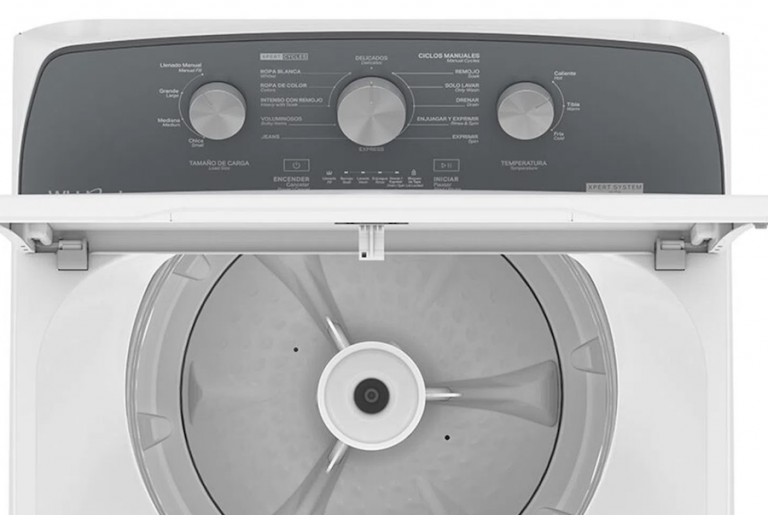DUBAI, United Arab Emirates — Boeing Co. said Tuesday it signed an agreement with Iran Air “expressing the airline’s intent” to buy its aircraft, setting up the biggest business deal between the Islamic Republic and America since the 1979 U.S. Embassy takeover in Tehran — if it goes through.
Already, one Iranian official has said the deal could involve 100 aircraft while another has suggested Iranian airlines may purchase airplanes worth $25 billion from Chicago-based Boeing, welcome news to workers on its massive assembly plants around Seattle.
However, the long-standing enmity between the U.S. and Iran, as well as other sanctions and even presidential politics still could complicate any agreement — even after last year’s nuclear deal. And even if the agreement is finalized, aircraft orders are often announced at list prices, meaning the actual price tag would likely be lower as airlines typically get steep discounts.
Boeing issued a statement saying that it signed the Iran Air agreement “under authorizations from the U.S. government following a determination that Iran had met its obligations under the nuclear accord reached last summer.”
“Boeing will continue to follow the lead of the U.S. government with regards to working with Iran’s airlines, and any and all contracts with Iran’s airlines will be contingent upon U.S. government approval,” it said.
Boeing’s statement offered no further details. Fakher Daghestani, a Dubai-based spokesman for the manufacturer, declined to elaborate.
Iran Air, the country’s national carrier, said Monday it wanted to buy new Boeing 737s and 777s. The 737s are single aisle jets, typically used for flights of up to five hours. The 777 is a larger plane that can carry passengers for 12 hours or more.
Earlier Tuesday, Iran’s Transportation Minister Abbas Akhoundi said possible deals between the Islamic Republic and Boeing could be worth as much as $25 billion, on par with the country’s earlier agreement with its European rival, Airbus. That deal was for 118 new planes. Iran also has ordered 20 airplanes from French-Italian aircraft manufacturer ATR.
The initial talks were held and I can say Boeing is negotiating with the U.S. officials and possibly the amount of our purchase is equal to Airbus.”
— Abbas Akhoundi, transportation minister of Iran
The overall size of the proposed Boeing sale to Iran, however, remains unclear. Ali Abedzadeh, the head of Iran’s Civil Aviation Organization, was quoted Sunday by the state-run IRAN newspaper as saying the sale would involve 100 Boeing aircraft, something the manufacturer has declined to discuss.
If the deal goes through, he said the first Boeing plane could arrive in Iran in October.
Some analysts were skeptical that Iran will ever take delivery of so many jets.
“A $25 billion deal delivered by unicorns — flying unicorns,” said Richard Aboulafia, an analyst with the Teal Group Corp. “Some planes may or may not be delivered but everyone has a huge interest in inflating the likelihood of this happening. Airbus and Boeing are desperate for a growth story and the Iranians love commercial opportunities for political leverage.”
Aboulafia said the market faces too much competition from Etihad, Emirates and Qatar — the rapidly-growing airlines directly across the Persian Gulf from Iran.
Iran Air, whose website lists 43 airplanes in its fleet, has direct flights to 35 international destinations, including London. The European Union eased its restrictions on Iran Air last week.
In the past 12 months, global airlines have scheduled 150,000 flights to and from Iran, with 22.7 million available seats, according to schedule tracking service Diio Mi. It is unclear how many of those seats were actually filled. By comparison, during that same period, there were 250,000 flights to and from Poland, a country with a similar GDP but roughly half the size of the population, with 34 million available seats. The world’s largest aviation market, the United States, had nearly 10 million scheduled flights.

Iranian airlines have some 60 Boeing airplanes in service, but most were purchased before the 1979 Islamic Revolution that ousted Shah Mohammad Reza Pahlavi and brought Islamists to power.
Out of Iran’s 250 commercial planes, 162 are flying while the rest are grounded due to lack of spare parts, Akhoundi said Tuesday. Parts and servicing remained nearly impossible to get while the world sanctioned Iran over its contested nuclear program.
The Iranian airline with the most service was Iran Air with 4.4 million of those seats, followed by Iran Aseman Airlines with 3.1 million, ATA Airlines and Mahan Air with 2.1 million each and Qeshm Airlines with 1.8 million. The largest non-Iranian airline to serve the country was Turkish Airlines with 1.3 million seats followed by Emirates Airline with 1.1 million seats.
Boeing has been cautious about entering Iran’s market as other sanctions remain in place against Tehran. U.S. officials had said as recently as last weekend that the sale would need clearance from the U.S. Treasury.
It’s unclear what changed in the last few days. Treasury officials could not be immediately reached for comment. It is likely Boeing may run the sale through an overseas subsidiary and use a currency other than U.S. dollars in order to avoid running afoul of U.S. laws.
Ben Moores, an aerospace analyst with IHS, said the deal likely would need to involve leasing aircraft as well because Iran desperately needed airplanes now. He also suggested Boeing may be willing to deeply discount some of its older model 737 aircraft — meaning the $25 billion figure might be based on retail prices.
“No one’s going to pay list price,” he said. “I don’t think it will be anywhere near the $25 billion — that’s a huge order.”
At the end of May, Boeing had a total of 5,762 unfilled jet orders. While exact details were not available, this deal with Iran Air would add about 100 addition planes to that backlog assuming that figure is the list price.
However, many of those orders are for the latest generation of jets that aren’t yet rolling off assembly lines. Boeing has been trying to get orders for its current models to help bridge the production gap to keep its plants open.
A spokesman for the union that represents Boeing engineers and other professionals in Washington state says they continue to see job cuts despite sales announcements like the deal with Iran Air.
Forty-seven members of SPEEA, the professional aerospace union, received layoff notices just last week, according to spokesman Bill Dugovich. He said the Iran Air deal is not likely to change that.
“They factor in all these things. These deals don’t come out of the blue,” Dugovich said.
Included in last year’s nuclear deal, which limited Iran’s uranium enrichment in exchange for sanctions to be lifted, is approval for airline manufacturers to enter the Iranian market. However, American lawmakers have warned Boeing not to do business there as the Iran deal remains a hot topic in the ongoing presidential election.
At issue as well is Iran and the United States’ long-standing suspicion of each other as the two countries haven’t had direct diplomatic relations since 1979. For the U.S. citizens, it is the U.S. Embassy takeover during the Islamic Revolution and its blacklisting of Iran as a state sponsor of terrorism. For Iranians, it is the U.S.- and British-backed 1953 coup that installed the shah, as well as the U.S. Navy’s 1988 downing of an Iran Air commercial jet heading to Dubai.
Since the nuclear deal, Iran also has conducted ballistic missile tests, launched rockets near U.S. warships in the Persian Gulf and briefly captured 10 U.S. sailors. The Shiite power also has seen relations deteriorate with the Sunni kingdom of Saudi Arabia, a major U.S. regional ally.
Iran’s Supreme Leader Ayatollah Ali Khamenei has expressed his continued distrust of American brands coming into the country. Comments Khamenei made in April apparently caused Iranian officials to strike models from General Motors Co.’s Chevrolet division off a list of allowed automobile brands for the Iranian market.
Khamenei also questioned purchasing aircraft in a speech June 14.
“This is a very important and necessary task, but is it a priority?” Khamenei asked, according to a transcript on his official website. “Imagine that we buy 300 airplanes. It is not clear whether this is a priority or not. This should be studied.”
JON GAMBRELL
NASSER KARIMI










